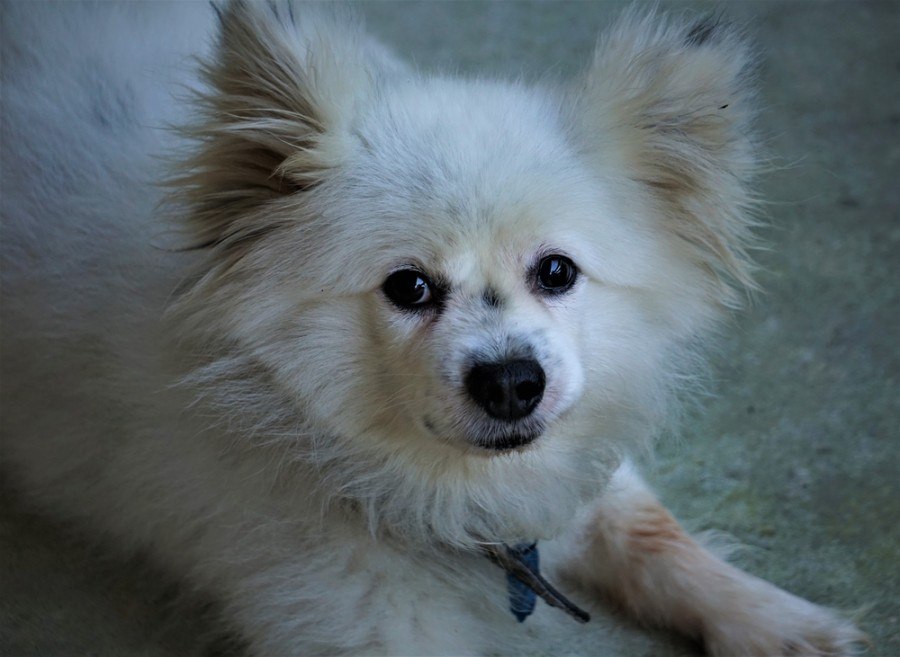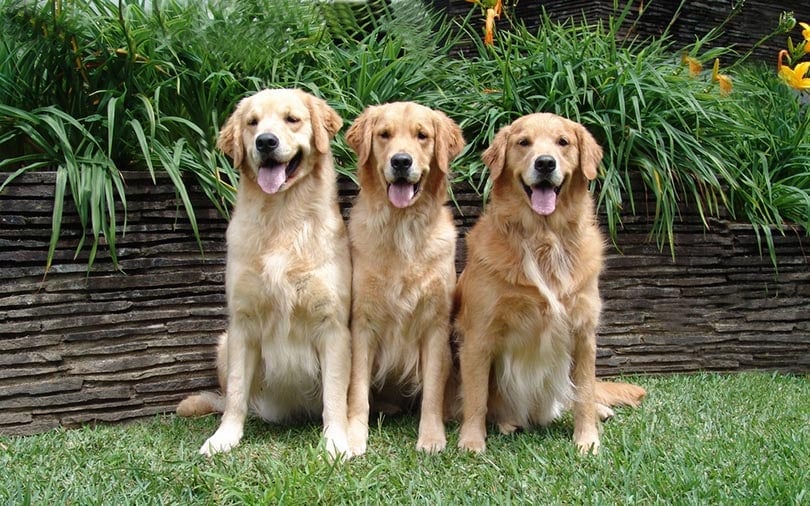Bolognese Dog Breed Info: Pictures, Traits, Facts, Puppy Info

Updated on
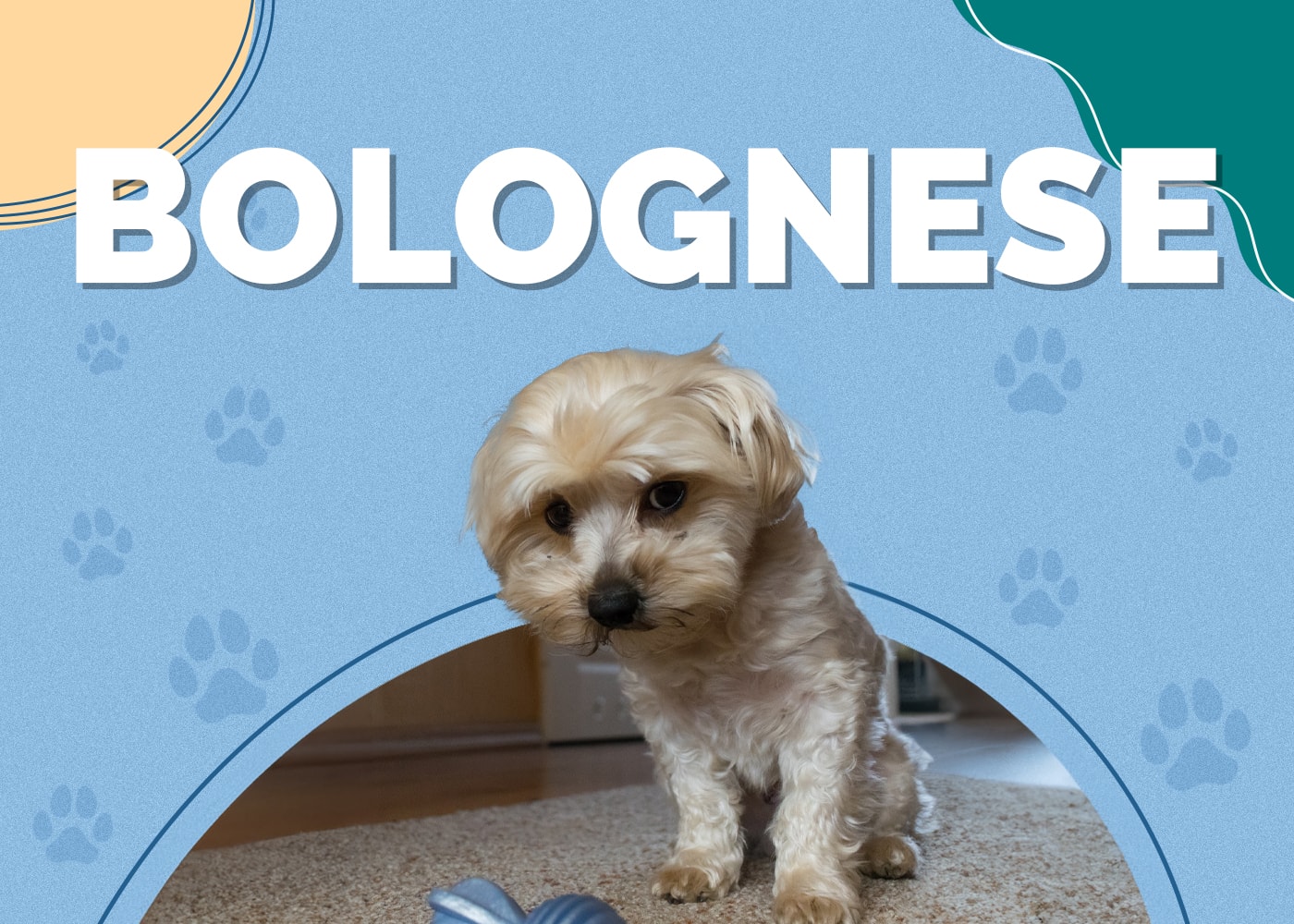
Height:
10-12 inches
Weight:
5.5-9 pounds
Lifespan:
12-14 years
Colors:
White
Suitable for:
Active families looking for a low-shedding dog
Temperament:
Loving, easy to train, friendly, easy-going
The Bolognese may not be a breed that you’ve heard of before, but they’re definitely one to keep on your radar. This small pup has a lot to offer on so many fronts. This is a sweet dog that has lots of love to share with your entire family. They’re intelligent and willing to learn. Also, this pooch is easy-going and can swing with the punches, adapting to whatever you send their way.
The Bolognese is an ancient breed with origins that go back thousands of years. They have always been a companion dog, and it’s easy to see why. They’re the poster child of unconditional love. A lot of these traits come from a history of what you see is what you get. They were treated by royalty as royalty and shows it even today.
The origins of the Bolognese are obscure, which is often the case when dealing with breeds with a long history. Some accounts reach back thousands of years to their ancestors. That fact gives you a lot of info about the dog and helps you when making a decision about whether this is the right pup for you and your family.
Bolognese Puppies
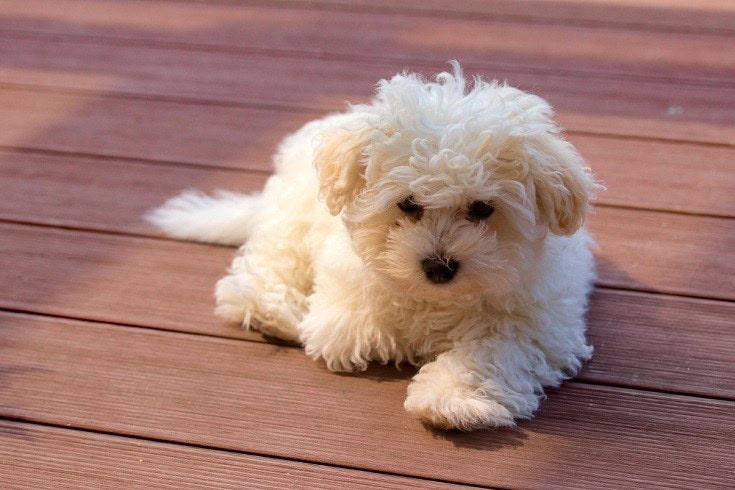
The cute face of the Bolognese is probably enough to sell you on this pup. However, it’s also helpful to consider all sides of the story, beginning with their history. Being a companion animal tells you a few things. They need attention and probably demand it, too. Both statements are true. However, the Bolognese is decidedly more laid-back than you may expect for a small dog.
This pup can be vocal when they don’t get their way. It’s a habit that you’ll have to tame early. On the other hand, the Bolognese has a low wanderlust potential, probably due to their background. They know a good thing when they see it. They will stay close to home. They are also a smart dog and doesn’t give in to as many of the bad habits caused by the boredom that many other breeds have.
The Bolognese is relatively long-lived for a canine that doesn’t have many glaring health issues. They’re friendly enough to make an excellent pet and are sure to be the hit of the neighborhood on that score.
3 Little-Known Facts About the Bolognese
1. The Bolognese was born to be pampered.
We can thank the Italian nobility for taking the Bolognese out of obscurity and putting them square in the middle of royal circles. This adorable pup was a mainstay for the aristocracy and the wealthy. One look at their face with their big brown eyes and you’ll see why.
2. The dog and the sauce take their names from the same place.
If you hadn’t heard of the breed before, you might have chuckled when you saw the name, Bolognese. Perhaps there is a connection between the classic pasta sauce that is undoubtedly an indulgent treat and the lavish attention that the pup has enjoyed through its history. Both get their names from the capital of the Emilia-Romagna region in Italy.
3. The Bolognese caught the eye of many famous people.
Who can blame anyone for falling in love with the Bolognese? They make it so easy! At least that’s what Catherine the Great of Russia, artist, Goya, and even Marilyn Monroe thought.

Temperament & Intelligence of the Bolognese 🧠
The Bolognese is a keeper on so many levels. This is a small pup that is easy to train and manage. They are lovable and both willing and able to learn quickly. If you’re looking for a low-maintenance dog of this size, look no further, especially if you live in the city. However, they are still a handful for first-time pet owners.
This pup has a keen prey drive. That makes for some distractions when it comes to training. You’ll need to keep an eye on your Bolognese when in the yard, especially if it doesn’t have a fence. This pooch also has a higher propensity toward nippiness. It’s a habit that you’ll need to handle early. Like a lot of toy breeds, the Bolognese often falls victim to human-induced, small dog syndrome.
This pup must be mindful of their size, even if you inadvertently make them think they’re a bigger dog than they really are. It often leads to other unwanted behavior.
Are These Dogs Good for Families? 🏡
The Bolognese makes an excellent family pet. They are playful and active enough to keep up with the kids whom they will adore. The pup is laid-back enough to stay patient and gentle with them, too. The dog is well-suited for this lifestyle with constant attention. We can go so far as to say that they need it. They will likely suffer from separation anxiety if left alone for long periods.
Their good-hearted nature extends to strangers, too. Nevertheless, early socialization is a smart option to make sure they keep this desirable quality. The small size of the Bolognese makes them a great companion for running errands where they can meet and greet lots of new people.
Does This Breed Get Along With Other Pets? 🐶 😽
The Bolognese is just as gregarious with other dogs as they are with people. Their background as a companion animal put them in contact with other pets, making it second nature for them to welcome other pups. However, their strong prey drive will prove irritating for the family cat that they’ll likely chase around the house if given a chance. The same precaution applies to other small animals in the household.

Things to Know When Owning a Bolognese:
All dogs, no matter what breed, have their quirks and sometimes undesirable behavior traits. The Bolognese is no exception. As we’ve mentioned, separation anxiety is an issue, but not unexpected, considering that the breed has been a companion animal for hundreds of years. Other things to keep in mind are common with many small breeds, like Chihuahuas.
Food & Diet Requirements 🦴
Small breeds have concerns, especially when it comes to diet. They mature rapidly, which affects the amount of food and caloric content of what they eat as a daily diet. They are also sensitive to fluctuations in their blood sugar levels, which are a result of both activity and intake. You must keep both in mind to provide a proper diet for your Bolognese.
The essential thing is to give your pup food meant for small dogs that match these dietary needs. Their energy needs demands are higher than larger breeds. Growing up takes a lot. It becomes imperative to balance these various purposes. That’s where a diet formulated for the breed makes a significant difference. It’ll meet their needs on all fronts.
Exercise 🐕
The Bolognese sits squarely in the middle when it comes to exercise needs. This dog is neither a couch potato or a hyper pet. They have just the right amount of spunk and a relaxed attitude that makes them an excellent choice for city or country life. This pup does have a moderate tendency toward weight gain. Therefore, we do suggest a daily activity, whether it’s a walk or romp at the doggie park.
Training 🦮
One of the many outstanding features of the Bolognese is how easy they are to train. They want to make you happy. This pup is intelligent, too, so that will make learning new tricks and commands a piece of cake. The breed has a moderate tendency to gain weight. Therefore, we recommend limiting treats to training aids. They should make up no more than 10% of their daily caloric intake.
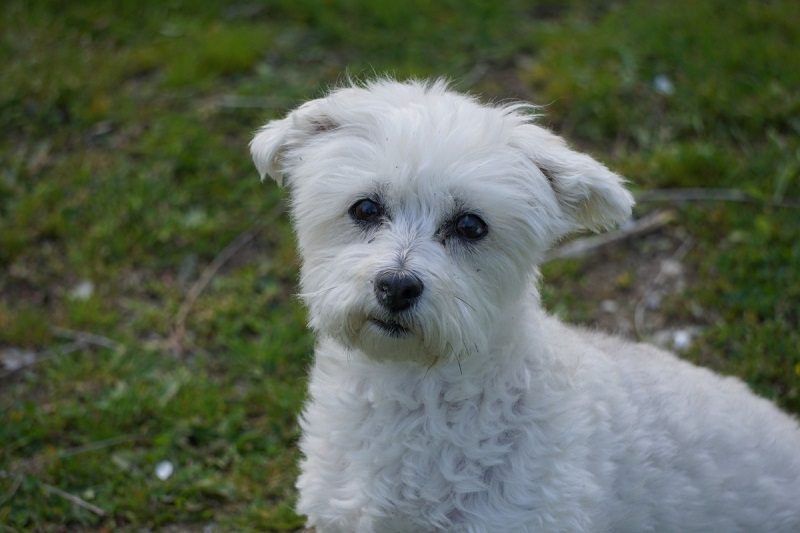
Grooming ✂️
When it comes to care-free dog ownership, the Bolognese scores another hit when it comes to grooming. Despite their big mop of hair, this pup doesn’t shed much at all. They also do a decent job of keeping themselves clean. Their relaxed coat is part of the breed standard. You will need to brush it occasionally to prevent mats. You might also consider getting them a puppy cut.
Ear cleaning is a necessary part of routine care for the Bolognese, given their risk of infections. You’ll find it much easier to do if you make it a habit. Of course, a treat—just one—doesn’t hurt, either. You should add brushing their teeth and trimming their toenails to your list of tasks, too. Remember that a healthy dog is a happy dog.
- See Also: 11 Best Dry Dog Shampoos
Health Conditions ❤️
The Bolognese is a healthy pooch, which should make pet ownership more manageable for you. However, routine vet visits are essential, given the breed’s propensity for chronic, albeit minor medical concerns. Health screenings are also vital for both you and breeders. You have some assurance of your pup’s health, and they can refrain from breeding animals with genetic issues.
- Cataracts
- Allergies
- Chronic otitis
- Hip dysplasia
- Legg-Calve-Perthes disease
- Patellar luxation
Male vs. Female
You will have a winner on your hands, no matter if you pick a male or female Bolognese. Both will make delightful pets for any home. The two sexes are close in size, so that isn’t a significant consideration. The main difference exists with the cost of spaying versus neutering if you choose not to breed your pet. The former is the more expensive of the two, with a longer recovery period.
Altering or keeping your pet intact has health risks either way. There is also the question of timing and metabolic changes that can affect your pup’s chances of gaining weight. That’s an issue, considering the breed’s risk for gaining weight. We recommend that you discuss this option with your veterinarian.
Final Thoughts
They say that great things come in small packages. Truer words were never spoken when it comes to the Bolognese. There is so much to love about this little bundle of energy. Their sweet disposition, intelligence, and devotion are all desirable traits in a dog with just the right amount of energy to keep it interesting. The most important thing to remember about this pup is that they need your attention.
The Bolognese has a lot to give to the right family who can understand their unique needs and gives them the love they crave. While they’re not the best choice for a 9-to-5 lifestyle, they will fare well in a family where there is always someone to play fetch with or cuddle up on the couch.
Featured Image Credit: islavicek, Shutterstock




